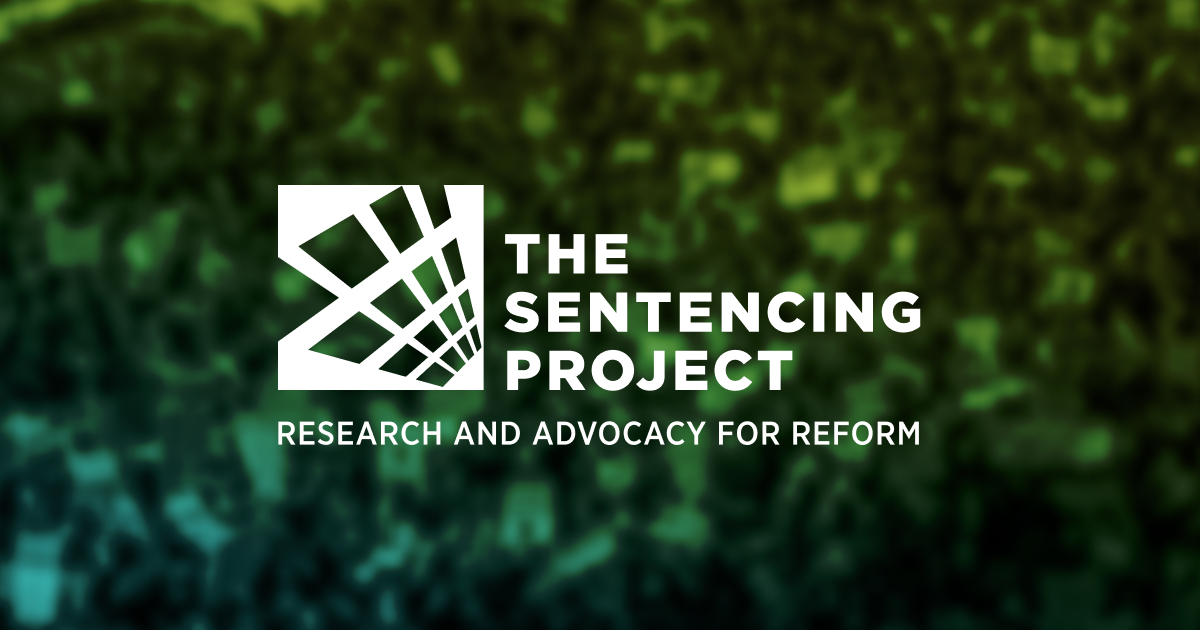Supreme Court Rulings
Since 2005, Supreme Court rulings have accepted adolescent brain science and banned the use of capital punishment for juveniles, limited life without parole sentences to homicide offenses, banned the use of mandatory life without parole, and applied the decision retroactively.
Roper v. Simmons, 543 U.S. 551 (2005)
The Supreme Court ruled that juveniles cannot be sentenced to death, writing that the death penalty is a disproportionate punishment for the young; immaturity diminishes their culpability, as does their susceptibility to outside pressures and influences. Their heightened capacity for reform means that they are entitled to a separate set of punishments. The court also held that the nation’s “evolving standards of decency” showed the death penalty for juveniles to be cruel and unusual: 12 states banned the death penalty in all circumstances, and 18 more banned it for people under 18.4) The Roper ruling affected 72 juveniles on death row in 12 states.5) Between 1976 and the Roper decision, 22 defendants were executed for crimes committed before age 18.6)
Graham v. Florida, 130 S.CT. 2011 (2010)
Having banned the use of the death penalty for juveniles in Roper, the Court left the sentence of life without parole as the harshest sentence available for offenses committed by people under 18. In Graham v. Florida, the Court banned the use of life without parole for juveniles not convicted of homicide. The ruling applied to at least 123 prisoners – 77 of whom had been sentenced in Florida, the remainder in 10 other states.7) As in Roper, the Court pointed to the rare imposition of a particular punishment to prove that the punishment is unusual.8)
U.S. Supreme Court precedent recognizes that non-homicide offenses do not warrant the most serious punishment available.9) “The concept of proportionality is central to the Eighth Amendment,” wrote Justice Kennedy.10) Thus, having denied the maximum punishment for all people under 18 (life without parole), the Court ruled that the harshest punishment must be limited to the most serious category of crimes (i.e., those involving homicide).
The Court called life without parole “an especially harsh punishment for a juvenile … A 16-year-old and a 75-year-old each sentenced to life without parole receive the same punishment in name only.”11) Limiting the use of life without parole did not guarantee such individuals would be released; it guaranteed a “meaningful opportunity” for release.
States that have banned or limited

